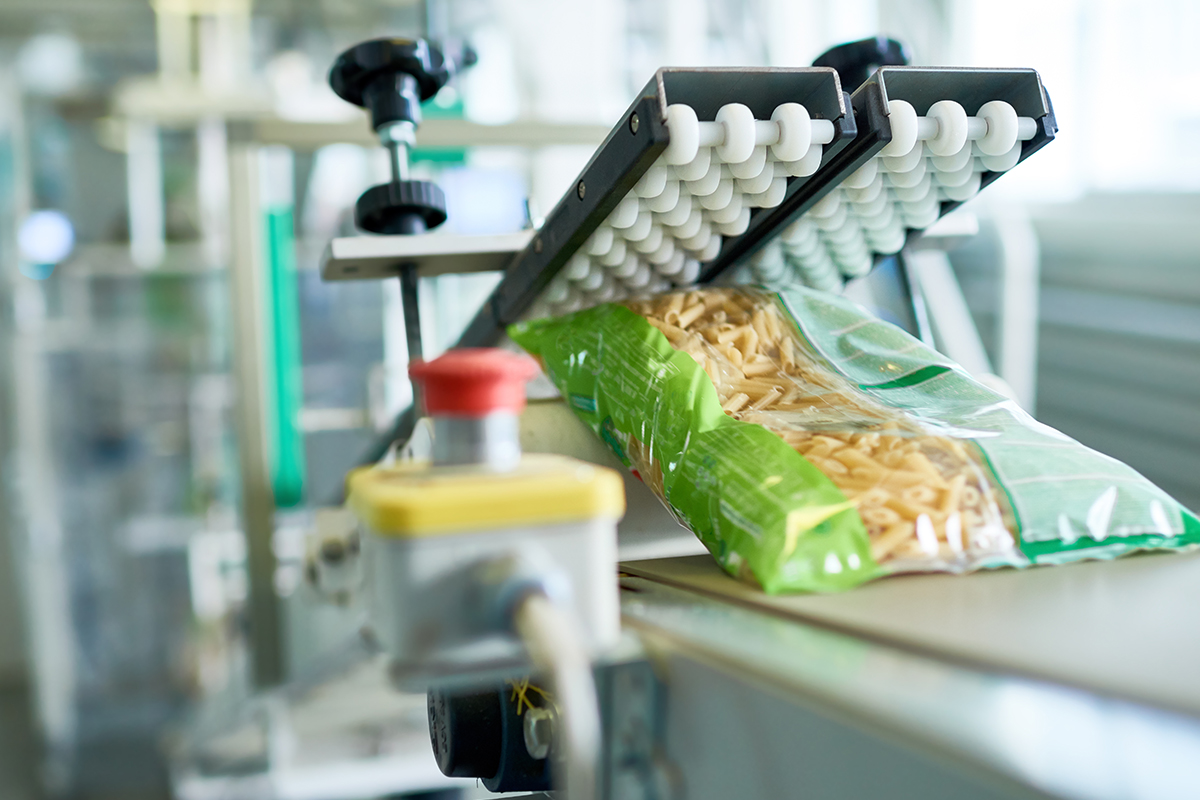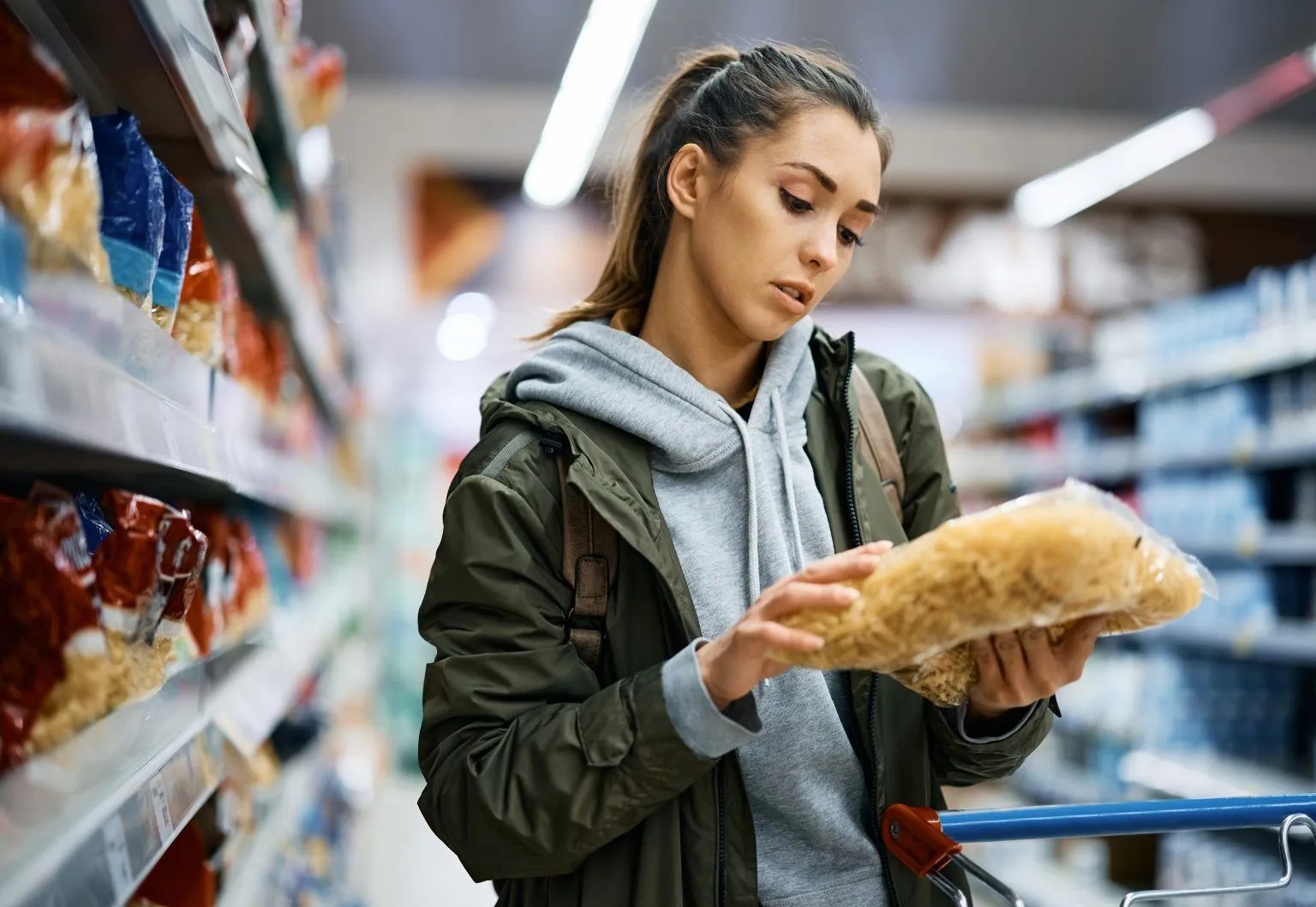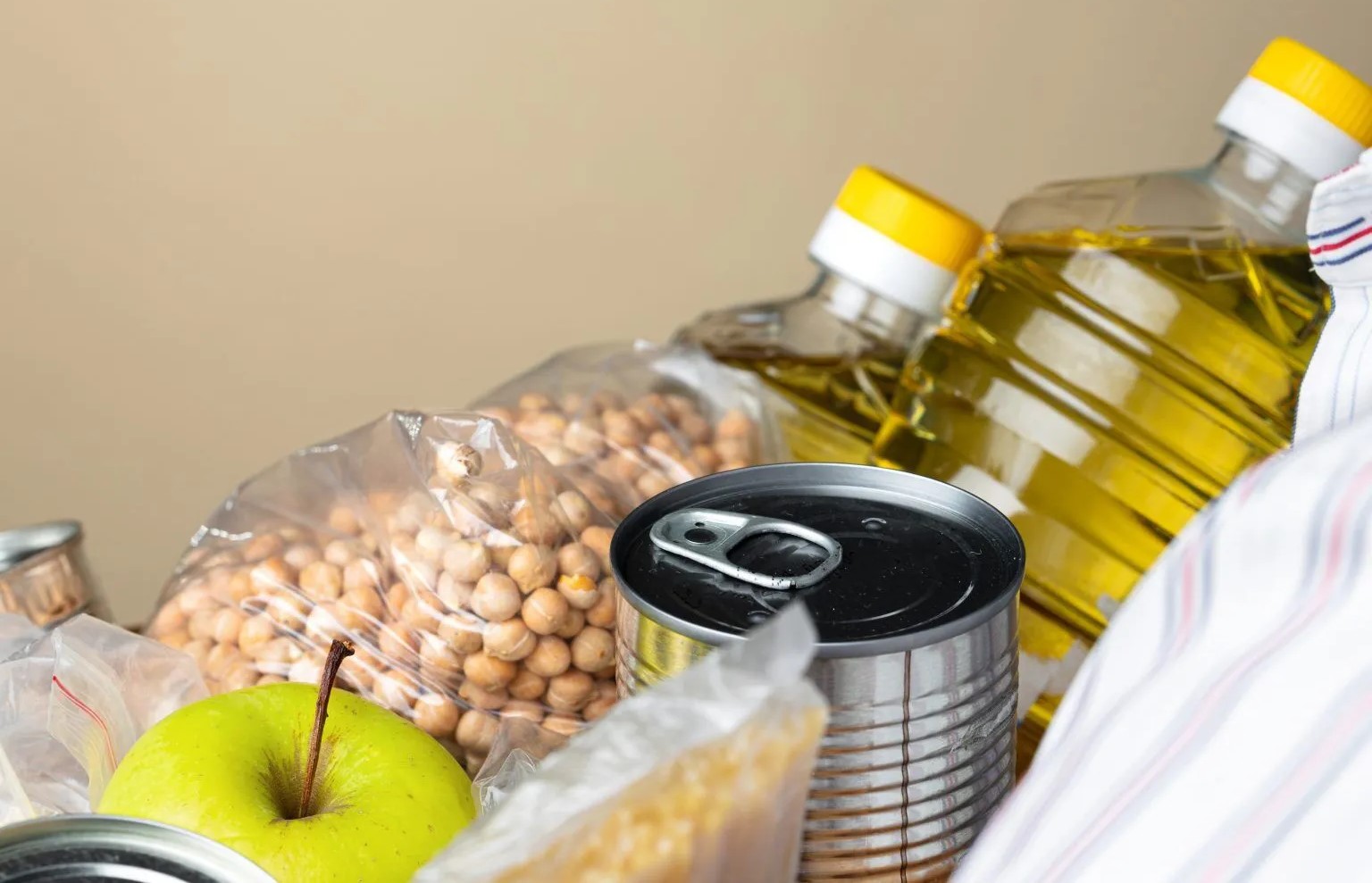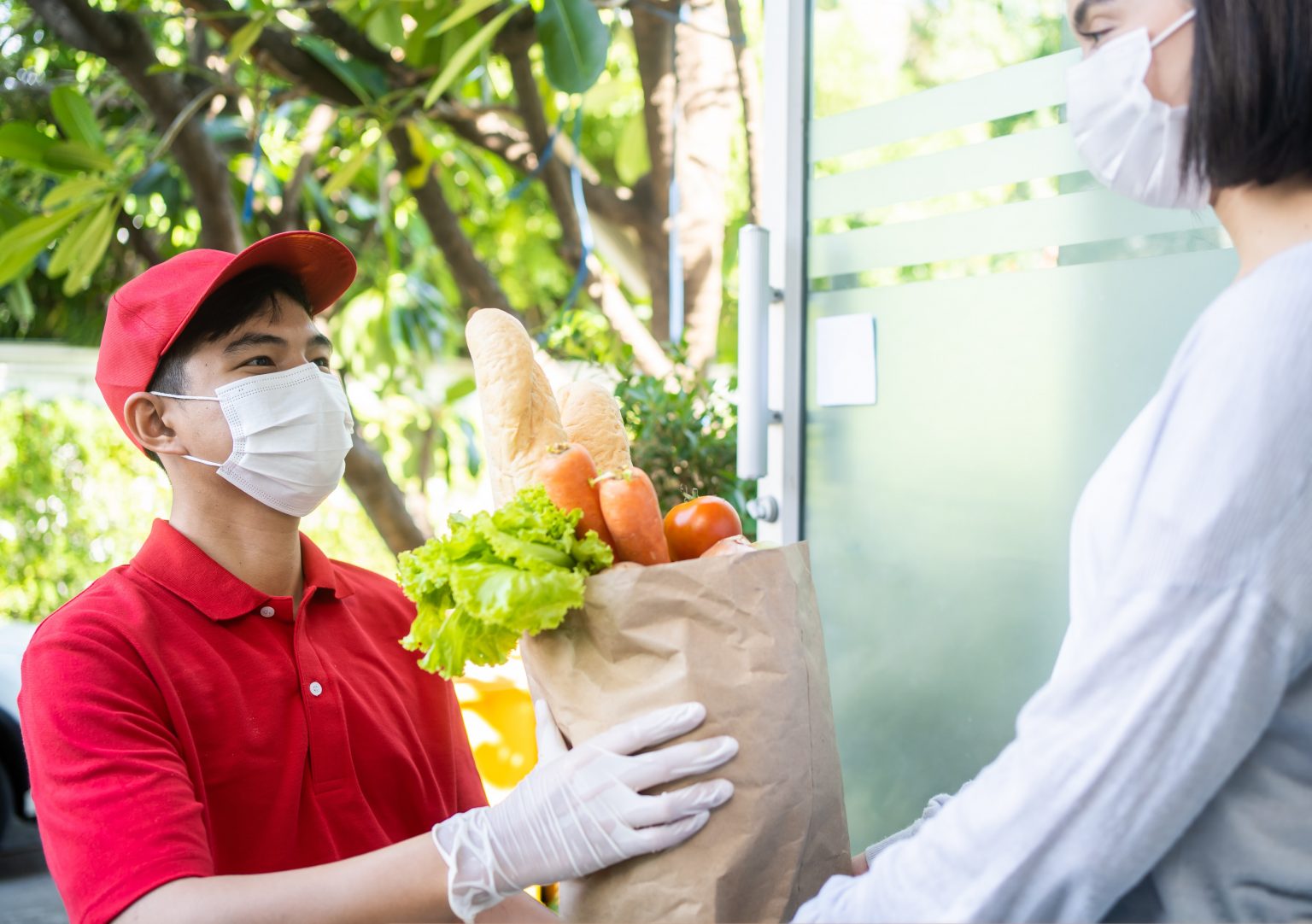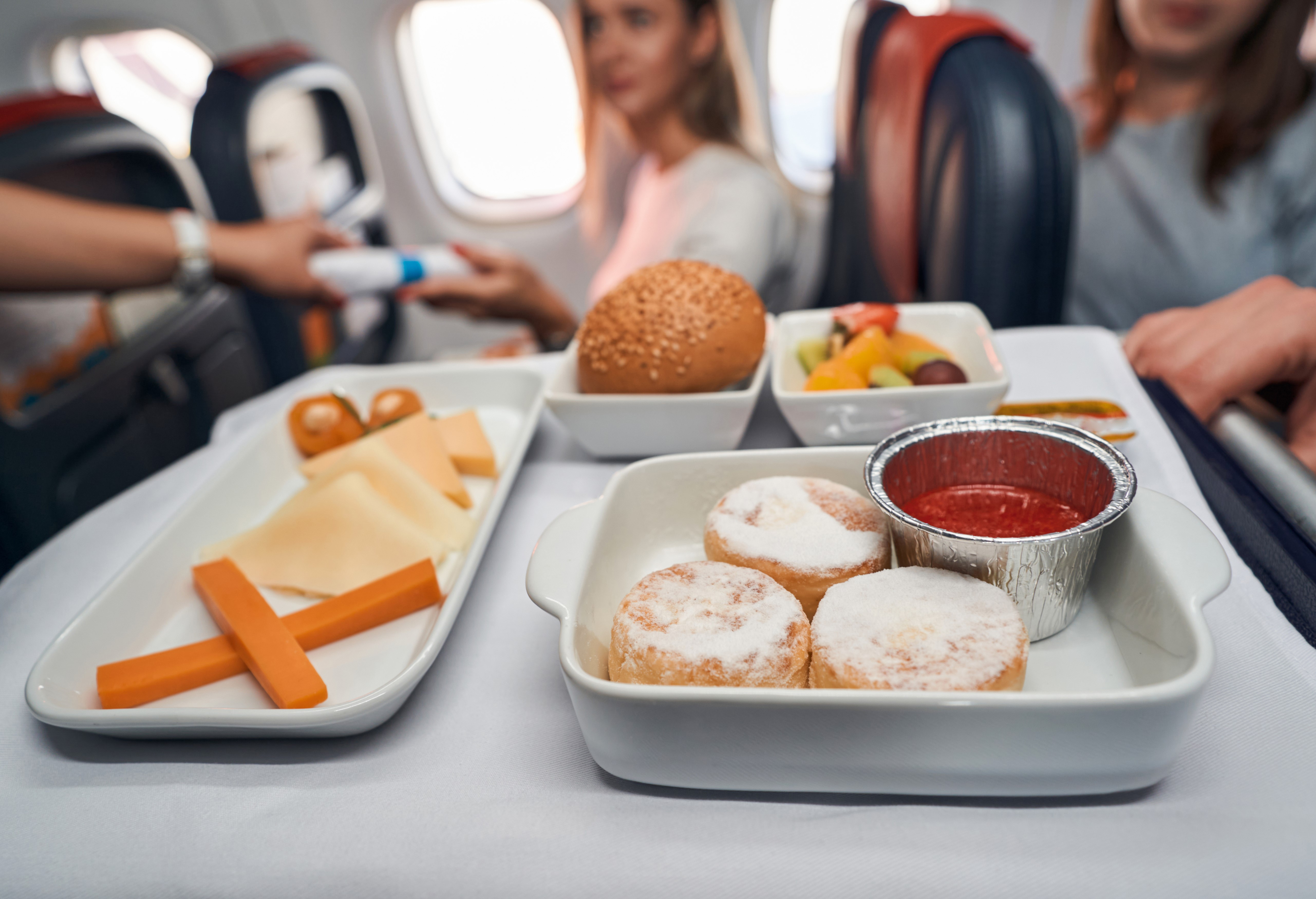Last Updated on May 15, 2024 by Admin
Food preservation is an essential practice that helps keep food longer, reduce waste, and save money. One effective method that has gained popularity for its efficiency and simplicity is vacuum packaging. This article explores what is vacuum packaging, how it works, its advantages and disadvantages, and provides vacuum packed food examples.
What is Vacuum Packaging?
What is vacuum packaging? It’s a technique to extend perishable goods’ shelf life by removing air from the package before sealing. The packaging material can conform closely to the product by extracting the air, eliminating air pockets and creating an anaerobic (oxygen-free) environment. This environment significantly slows down the processes that cause food spoilage, such as oxidation and microbial growth.
How Does Vacuum Packaging Preserve Food?
Food preservation through vacuum packaging creates an environment that helps in hindering the growth of bacteria and fungi that require oxygen to survive. Here’s a detailed look at how does vacuum packaging preserve food:
- Oxygen Removal: Vacuum packaging preserves food by removing oxygen. Oxygen is essential for many forms of spoilage organisms and oxidation processes that degrade food. By removing nearly all the oxygen from the package, vacuum packaging prevents oxidative spoilage and discolouration of food items, common issues in foods exposed to air.
- Inhibition of Microbial Growth: Without oxygen, spoilage bacteria and fungi cannot grow and multiply, significantly extending the food’s shelf life. This anaerobic environment prevents the proliferation of aerobic organisms that typically cause spoilage, souring, and off-flavours in unprotected foods.
- Barrier to Contaminants: Once sealed, the vacuum packaging acts as a formidable barrier to dust, moisture, and other environmental contaminants, keeping the food clean and safe from external spoiling factors.
Advantages of Vacuum Packaging
Numerous advantages of vacuum packaging make it a preferred method for preserving a variety of foods:
- Extended Shelf Life: Foods last longer, reducing the frequency of shopping and the risk of food going to waste.
- Preservation of Quality: Keeps food fresher by retaining moisture, flavour, and nutritional value.
- Efficient Storage: Reduces the volume of the packaged items, allowing more efficient use of space in refrigerators and freezers.
- Protection Against Freezer Burn: When foods are frozen without adequate protection, freezer burns can occur. Vacuum packaging prevents this by shielding the food from cold, dry air exposure.
Disadvantages of Vacuum Packaging
Despite its many benefits, there are also some disadvantages of vacuum packaging to consider:
- Cost of Equipment: The initial cost of purchasing a vacuum packaging machine can be high, especially for high-quality models.
- Packaging Material Costs: Special bags or containers needed for vacuum sealing can add to the overall cost of preservation.
- Anaerobic Bacteria Risk: Some harmful bacteria thrive in oxygen-free environments, which means improperly handled or stored vacuum-packed foods can pose health risks.
Vacuum Packed Food Examples
Understanding what is vacuum packaging and how does vacuum packaging preserve food can help appreciate its widespread use across various food sectors. Here are some common vacuum packed food examples:
- Perishables: Meat, poultry, fish, dairy products, and vegetables are often vacuum packed to extend their freshness. This preservation technique extends the life of perishable goods and maintains their quality, ensuring that meats and seafood retain their colour, texture, and nutritional value much longer than they would in traditional packaging.
- Dry Goods: Items like cereals, nuts, coffee beans, and spices are vacuum packed to prevent oxidation and maintain flavor. This method works especially well for keeping the quality and lengthening the shelf life of foods that go bad when they come into contact with air, which can make them taste weak and old.
- Cooked Foods: Prepared meals and leftovers can be vacuum packed to extend their edible life while preserving taste and nutritional quality. For busy consumers, vacuum-packed prepared meals offer a convenient and quick dining option without the compromise on taste and quality that comes with many other preservation methods.
The advantages of vacuum packaging in these contexts are clear—extended freshness, reduced waste, and an enhanced barrier against contamination.
Practical Tips for Vacuum Packing
- Choosing the Right Material: Selecting the appropriate packaging material is critical. Different foods may require specific types of bags or containers based on their size, shape, and susceptibility to crushing.
- Handling and Safety: Ensure that the vacuum packing machine is used correctly and that the food is sanitary before packaging to avoid contamination.
- Monitoring Storage Conditions: Always store vacuum-packed foods at the correct temperature. Foods that go bad quickly need to be kept in the fridge or freezer to keep them safe, even if vacuum packing makes them last longer.
Also Read: Common Food Preservation Techniques
Vacuum packaging is a versatile and effective method for preserving food. By understanding how vacuum packaging works and its advantages and disadvantages, consumers and companies can use this technology to make smart choices about how to keep the quality and safety of food best while extending its shelf life. Whether for domestic or commercial purposes, vacuum packaging remains a popular choice for food preservation.



